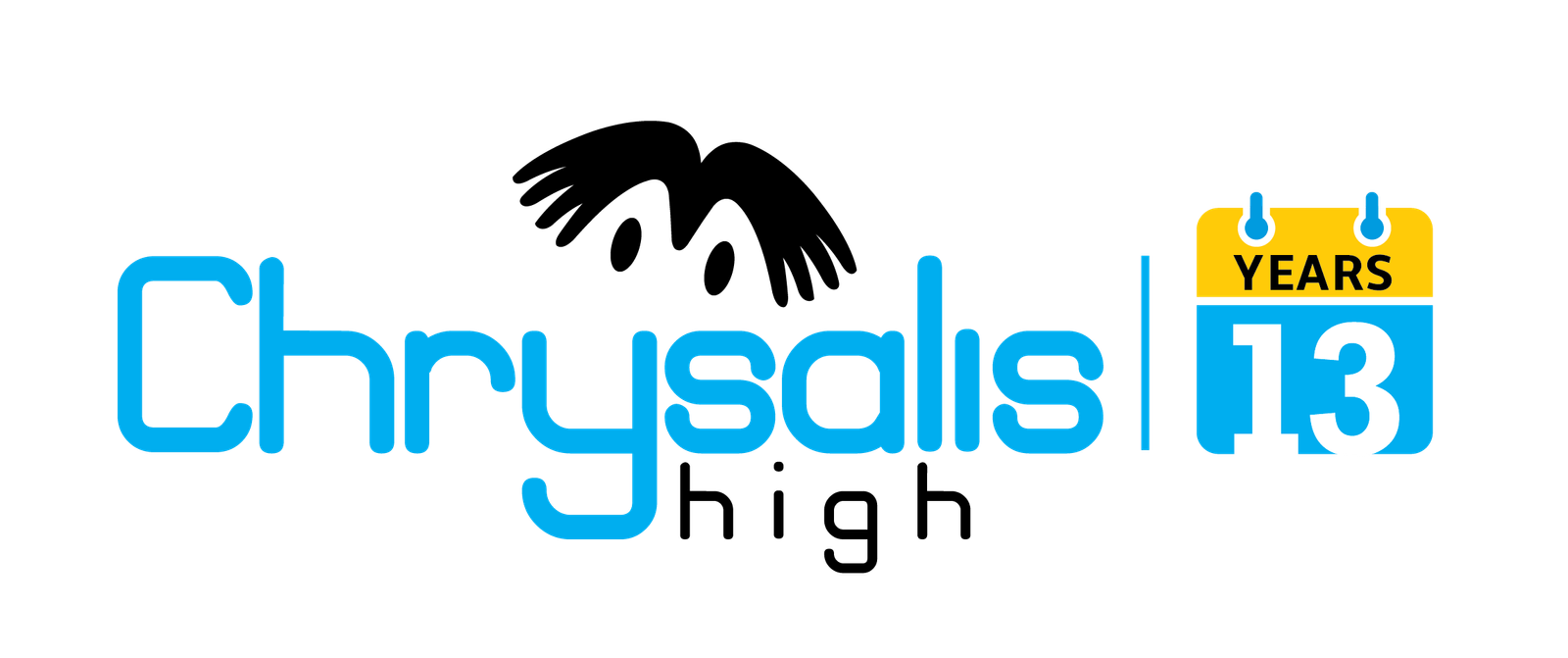Artificial intelligence has truly set the bar high in today’s technological era. From being a mere concept to mimic human intelligence to being incorporated in almost all industrial workflows and processes, AI has come forth a long way. However, it was the introduction of language models in AI that started a revolution in the tech sector worldwide. Designing AI models with scalable training layers to understand and analyze human language has proven to be helpful in multifarious manners. Whether it’s creating chatbot support for a business or developing an AI model to run a sentiment analysis program, language models have found extensive use across all industries.
One remarkable advancement in the Indian tech market is in the form of the Sarvam AI model, which has been specifically designed to evaluate Indian languages. In a hypercompetitive market filled with language models trained in English, this newly launched language model is indeed a game changer for Indians. If you are wondering how this software has changed the perception of artificial intelligence, do not worry anymore. In the below discussion, we have illustrated a few ways in which Sarvam AI has set the bar high for Indians.
Tailored for Indian languages
Since India is a land of cultural diversity, several languages are spoken in different parts of the country. The lingua is often specific to certain geographical regions, which is why training data wasn’t available at a needed scale to design proper language models in AI focusing on Indian lingua franca. This is where Sarvam AI steps in with the latest large language model named Sarvam 1. It is capable of evaluating and understanding Indian languages, 11 to be specific, including Malayalam, Bengali, Gujarati, Hindi, Kannada, Telugu, Tamil, Oriya, English, and Punjabi.
In other words, Sarvam AI has been trained in different Indian local languages, which will help people to make the most out of this latest and advanced technology. It has been developed with 2 million training parameters, which further makes it more efficient than other large language models catering to versatile local languages spoken on the Indian mainland. Furthermore, it has the capability of handling multiple languages and producing accurate and precise outputs without any discrepancy.
Efficient tokenization
One of the major principles used by voice-enabled AI agents for evaluating and understanding human texts or speeches is natural language processing. It is based on tokenization, a method by which any text is broken down into smaller tokens, often in the form of words and subwords. Usually, the existing language models trained in the English language have a tokenization rate of 1.4, meaning the training layers require 1.4 tokens or smaller sub-units to evaluate one word in the English lingua. However, when it comes to the Indian language, 4 to 8 tokens are needed by the existing language models for every word to be deciphered.
To address this issue, Sarvam AI ensured that its language model, Sarvam 1 can work with a fertility rate varying between 1.4 and 2.1 for all Indian languages. That’s why the tokenizer program is said to be more efficient than that of other models, often being compared to be at par with the language models trained in the English language. On top of this, 2 trillion tokens have already been generated, which enables the large language model to produce accurate evaluation reports across all 11 Indian languages.
High-quality training data
Almost all the language models in AI will require a vast database of data for training purposes. If the data quality is not optimal, the language model won’t be able to decipher human speech or text accurately, thereby creating a discrepancy in the actual outcome and the expected results. This has been a major concern for the existing language models capable of handling Indian languages. But with Sarvam, this challenge has been addressed quite meticulously.
The development team ensured to produce enough data volume to the model’s training layer so that it could produce accurate inferences when subjected to Indian local languages. So far, 2 million parameters have been coded with the Sarvam AI language model, which makes it more efficient and accurate than other pre-existing language models in the market. Apart from this, 2 trillion Indic tokens have been introduced, which is further subdivided evenly for all the 11 Indian languages this AI model is meant to handle.
Superior performance metrics
One of the key areas where Sarvam AI has truly surpassed other language models dealing with the Indian lingua is the incorporation of superior performance metrics. Since artificial intelligence is still considered as a novice technology, tracking the performance of a highly demanded application like Sarvam 1 is imperative. Otherwise, it would be difficult to understand if the existing strategies and training data layers are able to meet the expectations of Indian users or not. Thanks to the KPIs, the real-time performance of Sarvam 1 can be easily tracked when exposed to different conditions, thereby fostering continuous discovery and continuous modifications.
Open-source accessibility
Unlike other language models in AI which are meant to be discreet, Sarvam AI is more focused on helping the community by provided open-source accessibility. In other words, this software is meant to be used by everyone and also supports integration with different software platforms for improved deliverables. From individuals to small-scale enterprises and businesses, almost everyone can use this AI model from Sarvam without any hassle. Besides, the codebase and other logical algorithms are documented properly and can be accessed easily, which ensures the authenticity and originality of the software in today’s hyper-competitive market.
Strategic collaborations
According to the latest news, Sarvam AI is planning to build strategic relationships with top-notch tech companies in the world. It has already signed an agreement with Microsoft and IBM in 2024 to ensure it gets all the resources and support to develop high-quality AI-based software for Indians. For instance, the collaboration between Sarvam and Microsoft concerns the use of Azure infrastructure to streamline the deployment schedule of LLM stacks. Apart from this, the agreement signed with Infosys will focus on developing small language models for the Infosys Topaz ITOpsSLM system.
Conclusion
There is no doubt that Sarvam AI has played a major role in introducing a revolutionary platform for Indians in the form of Sarvam 1. Being a large language model with 2 trillion Indic tokens, it can handle texts and speeches in 11 different Indian languages, which are also the most-spoken lingua franca in the country. Since the LLM is still in its dev phase, we are expecting to see more new advancements that will make it at par with the other top-performing competitive AI models in the IT market.
FAQs
Which Indian languages does Sarvam AI support?
11 Indian languages are currently coded in Sarvam AI, including Punjabi, Gujarati, Telugu, Bengali, Hindi, English, Kannada, Tamil, Oriya, Marathi, and Malayalam.
How does Sarvam AI improve efficiency in language processing?
Since Sarvam AI has an advanced tokenizer, the fertility rate has been improved from 4 or 8 to 1.4 and 2.1 range. Furthermore, the presence of KPIs allows developers to track the real-time performance of this language model.
Is Sarvam AI accessible for public use?
Yes, Sarvam AI has been released in the market for public use. Businesses and individuals can easily leverage this voice assistant for better life standards and improved workflow efficiency.
How does Sarvam AI perform compared to other large language models?
Sarvam AI delivers impeccable performance when compared to other language models by focusing solely on Indian languages and using 1.4 to 2.1 tokens for every word evaluated.


